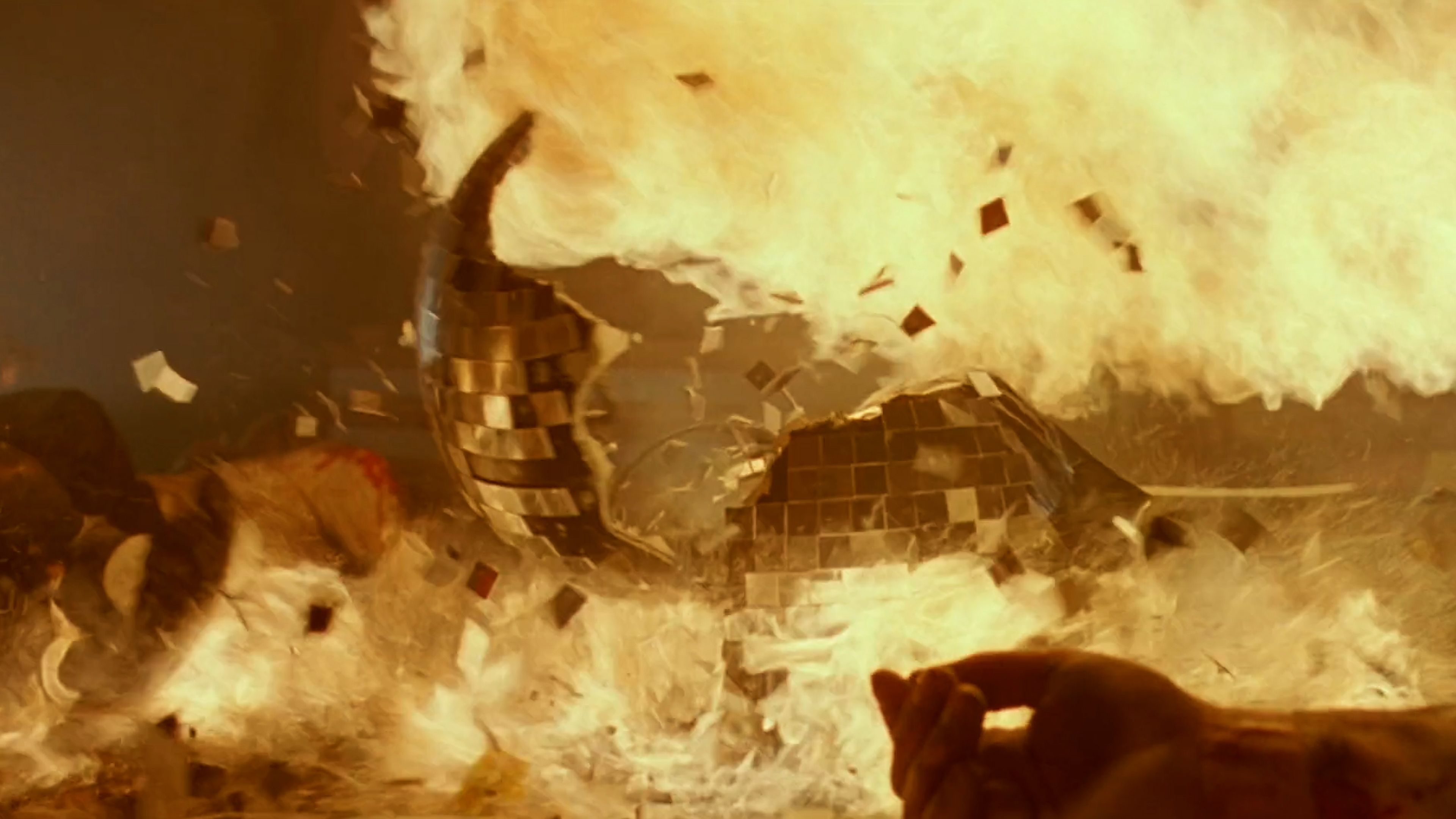Am Schwarzenbergplatz is a Vienna-based art space shared by three international galleries: KOW, Berlin; LambdaLambdaLambda, Pristina; and Simone Subal Gallery, New York. All three galleries have one thing in common: their Viennese background. Throughout the last couple of years, the gallerists were playing with the idea to join forces for a collaborative project in Vienna. Paying tribute to their hometown, Am Schwarzenbergplatz is a 6-month project housed within the famous Palais Schwarzenberg. To accentuate the collaborative spirit, each of the 4 planned exhibitions will be curated jointly, presenting artists from each gallery’s program in every iteration.
As you pass through a narrow iron gate, traverse the garden, and enter the apartment, you’re greeted by a striking scene: a red floor, lofty ceiling, large windows, and shelves adorning the walls. This space serves as a resonant platform for representation, functioning as both a stage and a display structure that temporarily transforms into a gallery. The presence of artworks alters its ambience, rendering it an interstitial realm, distinct from conventional showrooms; it assumes the role of a framing structure, signifying a state of “no more” and “not yet.”
On entering, you’re greeted by a polyphony of voices—some audible, others conveyed through written words, phrases, and silent exclamation marks. Semantic layers intertwine, sometimes on the verge of collision, sometimes in dialogue. Language, whether articulated through letters or images, in motion or still, converges with abstract visual expressions. Words expand into the spatial realm, materializing as physical manifestations of thoughts and arguments.
Etched onto plexiglass are curses born of rejection, refusal, and cancellation, echoing the word “no” until it takes on a rhythmic pattern. These written negations embody emotions, while other echoes of curses and disembodied voices reverberate in mirrors, extending the articulating self.
Photographic reflections capture the essence of everyday life, illuminating the animistic presence of small devices and their ability to generate images independent of their intended function. These photographs play with the declarative nature of the medium, its discourses and histories. They elevate the seemingly mundane to the status of a case study, inviting a close examination of the semantics of image and object.
In another part of the vast space, phrases in bold red and black leap aggressively from a muted grey background: “Got a reactive mind?” The phrases appear without context, without linguistic framing, synchronous yet disconnected—likely sourced from the internet or television. Communication seems to collapse, compensating for its displacement through its visual impact. Syntax is transformed into images, capturing the volatility of language within typographic structures.
Amidst this, attention is drawn to a solitary, oversized brown letter—a Q, perhaps symbolizing a question. This fabric structure oscillates between image and object, its form indebted to the typography conceived by the artist long ago. It exists as a three-dimensional volume, converting the solitary letter into a symbol, an abbreviation, or a linguistic entity, autonomous in its spatial presence yet resonant with its surroundings.
At times, deciphering a text in this exhibition requires a closer look—a text woven from keywords extracted from biographies, interwoven with botanical imagery, ascending chronologically from roots to leaves. These words illuminate individuals who were active during the Nazi era, never brought to justice, who continued their activities after the war, serving other regimes. Now their once hidden past, like roots buried in the ground, becomes legible.
Other aspects of concealment and disappearance permeate the exhibition, albeit with a lighter tone. Paintings evoke a strange sense of familiarity through references to art history. They disrupt classical motifs, distorting them while retaining their appeal. Playing with recognition and camouflage, oscillating between the familiar and the grotesque, they subvert the viewer’s expectations, compelling us to speak on their behalf and plunging us deeper into their realm of alienated artificiality.
Other paintings evoke the tradition of still life, another eloquent genre of the past. They arrange everyday elements in unexpected compositions, exploring the formation of identities or our troubled relationship with nature. Once again, closer examination reveals subtle yet profound interventions into the realm of realistic representation—gentle yet powerful challenges to certainties that unfold new narratives.
Finally, a video beckons our attention with poetic interventions into the fabric of perceived reality and the infrastructures upon which it rests. Moments of disjunction and existential musings reveal a world far more complex than its surface suggests. Communication and its networks continue to exist within this realm of ambiguity, but now their hidden frameworks and implications come to light.
Have we noticed the imposing panel that cuts through the space? It obstructs our view or diverts it elsewhere, asking us to navigate around its disruptions of the symmetries that define this environment. Adorned with a small painting bearing a written word, the wall-like structure is transformed into a display element. The word, in turn, takes on the form of an image, while the wall is integrated into the architectural ensemble. This arrangement of elements, each distinct yet interconnected, blurs conventional categories—the pictorial, the sculptural, the spatial and the textual—decontextualizing and reconfiguring them, pointing to the impossibility of translation from one medium to another.
Shall we retire to the garden for a moment and contemplate these multilayered acts of speech, these discursive and visual negotiations involving text, object, and image? As we leave the room, the artworks continue their dialogue, awaiting our return to engage once more.
- Vanessa Joan Müller

























































































